Ten years after one of the largest nuclear accidents in history spewed radioactive contamination over the landscape in Fukushima, Japan, a University of Georgia study has shown that radioactive contamination in the Fukushima Exclusion Zone can be measured through its resident snakes.
Tag: Pollution
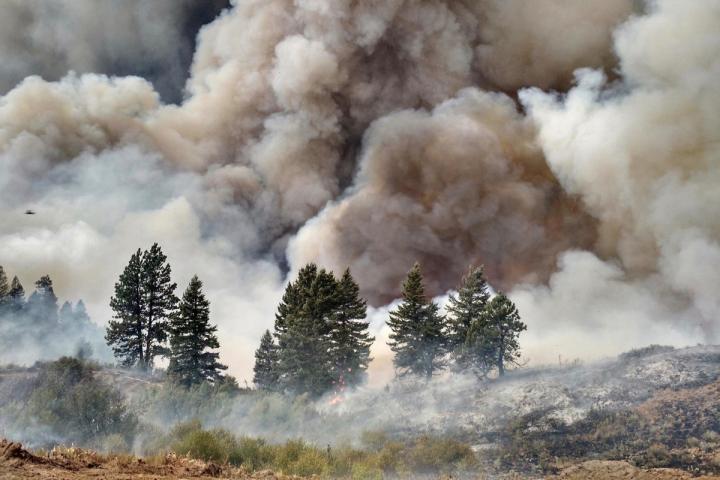
Wildfire Smoke Exposure Linked to Increased Risk of Contracting COVID-19
Wildfire smoke may greatly increase susceptibility to SARS-CoV-2, the virus that causes COVID-19, according to new research from the Center for Genomic Medicine at the Desert Research Institute (DRI), Washoe County Health District (WCHD), and Renown Health (Renown) in Reno, Nev.
Turning Plastic into Foam to Combat Pollution
In Physics of Fluids, researchers have developed a method to turn biodegradable plastic knives, spoons, and forks into a foam that can be used as insulation in walls or in flotation devices. The investigators placed the cutlery into a chamber filled with carbon dioxide. As pressure increased, the gas dissolved into the plastic. When they suddenly released the pressure in the chamber, the carbon dioxide expanded within the plastic, creating foaming.
Air pollution from wildfires impacts ability to observe birds
Researchers from the University of Washington provide a first look at the probability of observing common birds as air pollution worsens during wildfire seasons. They found that smoke affected the ability to detect more than a third of the bird species studied in Washington state over a four-year period. Sometimes smoke made it harder to observe birds, while other species were actually easier to detect when smoke was present.
Modeling a circular economy for electronic waste
Think about how many different pieces of technology the average household has purchased in the last decade.
Bioreactors chip away at nitrogen pollution
A recent study shows bioreactors effectively remove nitrogen over time
Urbanization drives antibiotic resistance on microplastics in Chinese river
Researchers reporting in Environmental Science & Technology have analyzed antibiotic-resistance genes (ARGs) on five types of microplastics at different locations along the Beilun River in China, finding much higher abundances in urban than rural regions.
Ozone pollution has increased in Antarctica
Researchers reporting in ACS’ Environmental Science & Technology have analyzed more than 25 years of Antarctic data, finding that ozone concentrations near the ground arose from both natural and human-related sources.
Key to Carbon-Free Cars? Look to the Stars
In a decade-long quest, scientists at Berkeley Lab, the University of Hawaii, and Florida International University uncover new clues to the origins of the universe – and land new chemistry for cleaner combustion engines
Mapping intermittent methane emissions across the Permian Basin
Researchers reporting in ACS’ Environmental Science & Technology Letters have conducted an extensive airborne campaign with imaging spectrometers and identified large methane sources across the Permian Basin area.
Do wildflowers help reduce runoff in roadside soils?
Wildflowers found to absorb runoff just as effectively as turfgrass, among other benefits
Mitigating emissions in the livestock production sector
A new study shows that emission intensity per unit of animal protein produced has decreased globally over the past two decades due to greater production efficiency, raising questions around the extent to which methane emissions will change in the future and how we can better manage their negative impacts.
Surge in Nitrogen Has Turned Sargassum into the World’s Largest Harmful Algal Bloom
Scientists have discovered dramatic changes in the chemistry and composition of Sargassum, floating brown seaweed, transforming this vibrant living organism into a toxic “dead zone.” Results suggest that increased nitrogen availability from natural and anthropogenic sources, including sewage, is supporting blooms of Sargassum and turning a critical nursery habitat into harmful algal blooms with catastrophic impacts on coastal ecosystems, economies, and human health. Globally, harmful algal blooms are related to increased nutrient pollution.
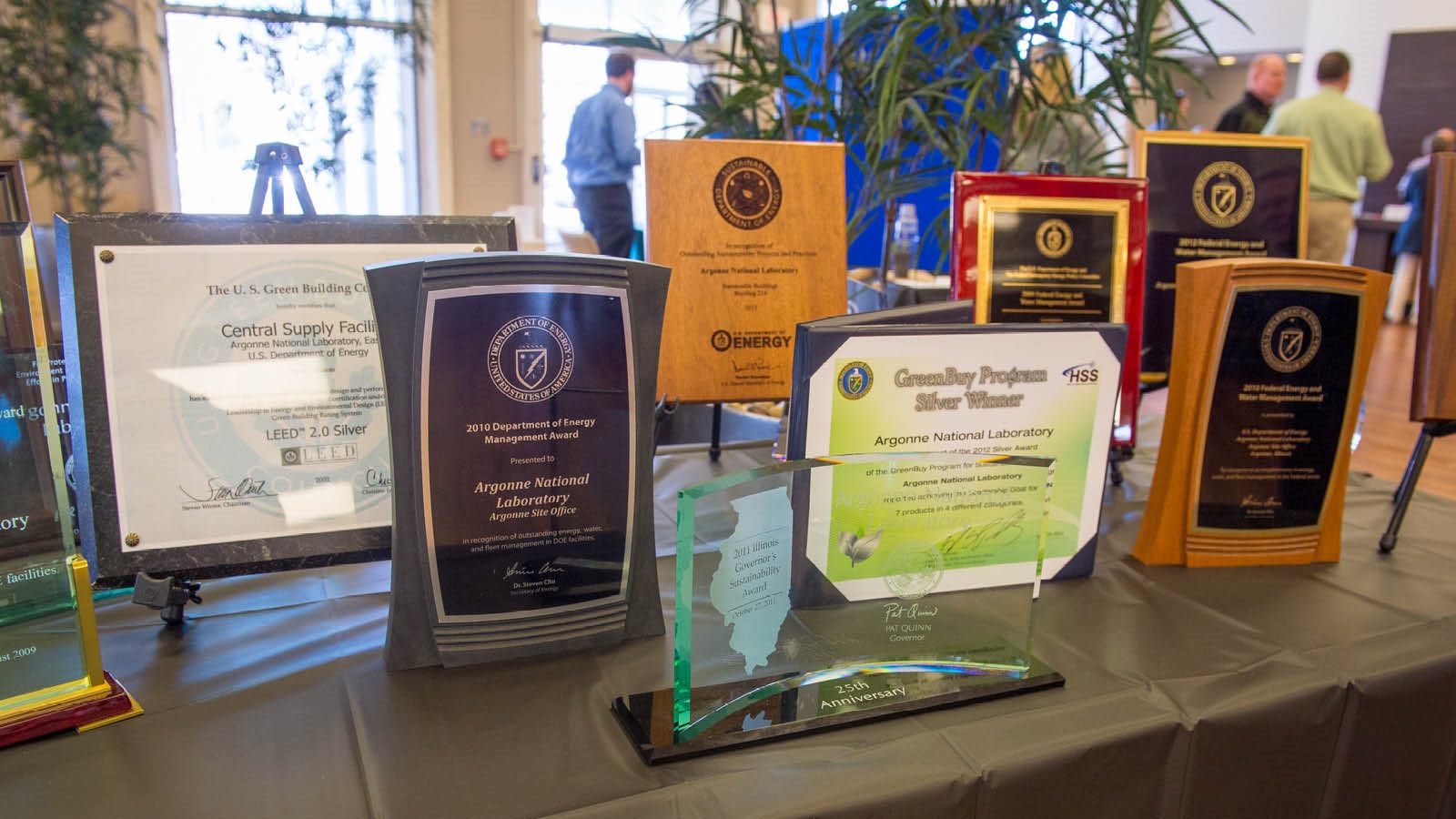
Argonne’s Wang and Streets named highly influential climate scientists
Michael Wang and David Streets, both of the U.S. Department of Energy’s Argonne National Laboratory, were named to Reuters’ “Hot List” of today’s 1,000 most influential climate scientists. Both are in Argonne’s Energy and Global Security-Energy Systems (EGS-ES) division.
CUR Geosciences Division Announces 2021 Awardees for Excellence in Student Research
The Geosciences Division of the Council on Undergraduate Research announced the 2021 awardees for excellence in student research: Zoe Lacey (Trinity University) and Hanna Szydlowski (Grand Valley State University)
2021 Posters on the Hill Spotlights Exemplary Undergraduate Research Projects for Policymakers, Scholars, and the Public
Via a virtual public poster session on April 28, undergraduate researchers from colleges and universities in 42 states and the District of Columbia will share their research projects in the 2021 Posters on the Hill event, sponsored by the Council on Undergraduate Research.
8 Things Argonne is Doing to Save the Earth
Stepping into their superhero gear, Argonne scientists are using science and the world’s best technology to combat some of Earth’s toughest foes, from pollution to climate change.
Microplastics in land, sea, air a sign of ‘legacy pollution’
Plastics cycle through the oceans and roadways and become plastic dust, which rides the jet stream across continents.

Argonne innovations and technology to help drive circular economy
In a collaborative effort to “recover, recycle and reuse,” Argonne strengthens research that addresses pollution, greenhouse gases and climate change and aligns with new policies for carbon emission reduction.
Deepwater Horizon’s long-lasting legacy for dolphins
The Deepwater Horizon disaster began on April 20, 2010 with an explosion on a BP-operated oil drilling rig in the Gulf of Mexico that killed 11 workers.
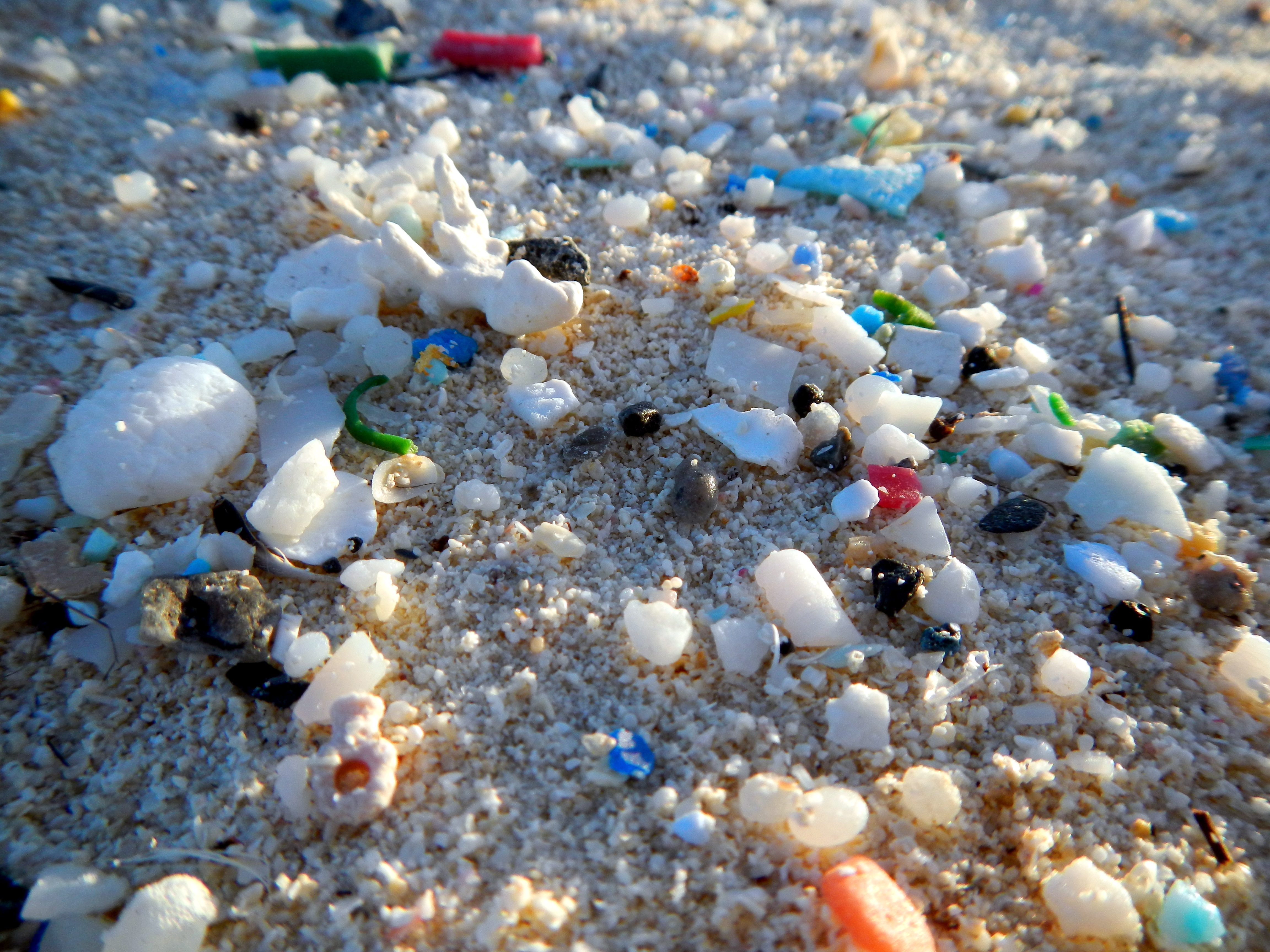
Microplastic Sizes in Hudson-Raritan Estuary and Coastal Ocean Revealed
Rutgers scientists for the first time have pinpointed the sizes of microplastics from a highly urbanized estuarine and coastal system with numerous sources of fresh water, including the Hudson River and Raritan River. Their study of tiny pieces of plastic in the Hudson-Raritan Estuary in New Jersey and New York indicates that stormwater could be an important source of the plastic pollution that plagues oceans, bays, rivers and other waters and threatens aquatic and other life.
Drones used to locate dangerous, unplugged oil wells
There are millions of unplugged oil wells in the United States, which pose a serious threat to the environment. Using drones, researchers from Binghamton University, State University of New York have developed a new method to locate these hard-to-locate and dangerous wells.
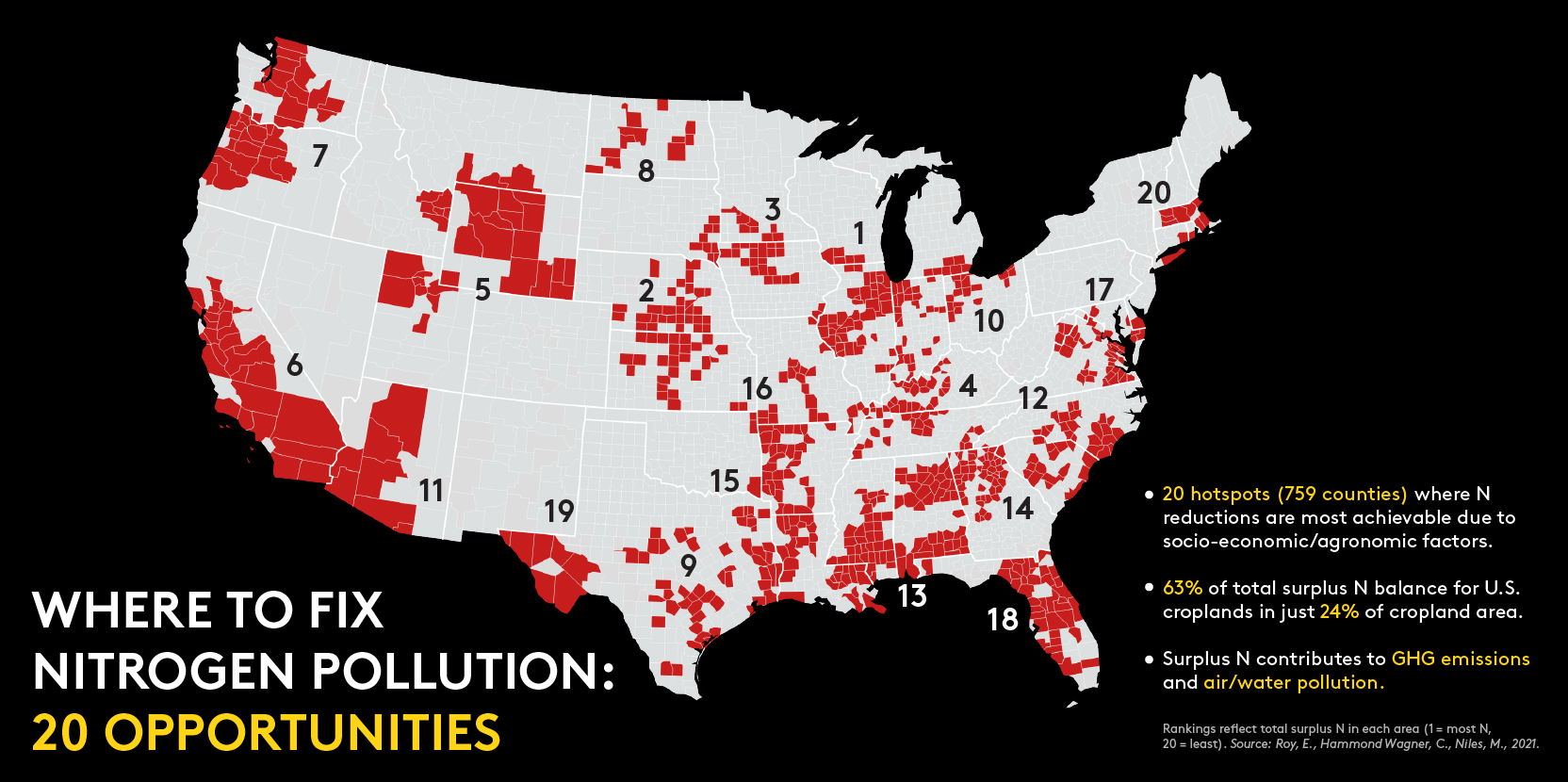
The 20 best places to tackle U.S. farm nitrogen pollution
A pioneering study of U.S nitrogen use in agriculture has identified 20 places across the country where farmers, government, and citizens should target nitrogen reduction efforts.
The 20 nitrogen “hotspots of opportunity”–which appear on a striking map–represent a whopping 63% of the total surplus nitrogen balance in U.S. croplands, but only 24% of U.S. cropland area.
Nitrogen inputs are so high in these areas that farmers can most likely reduce nitrogen use without hurting crop yields.
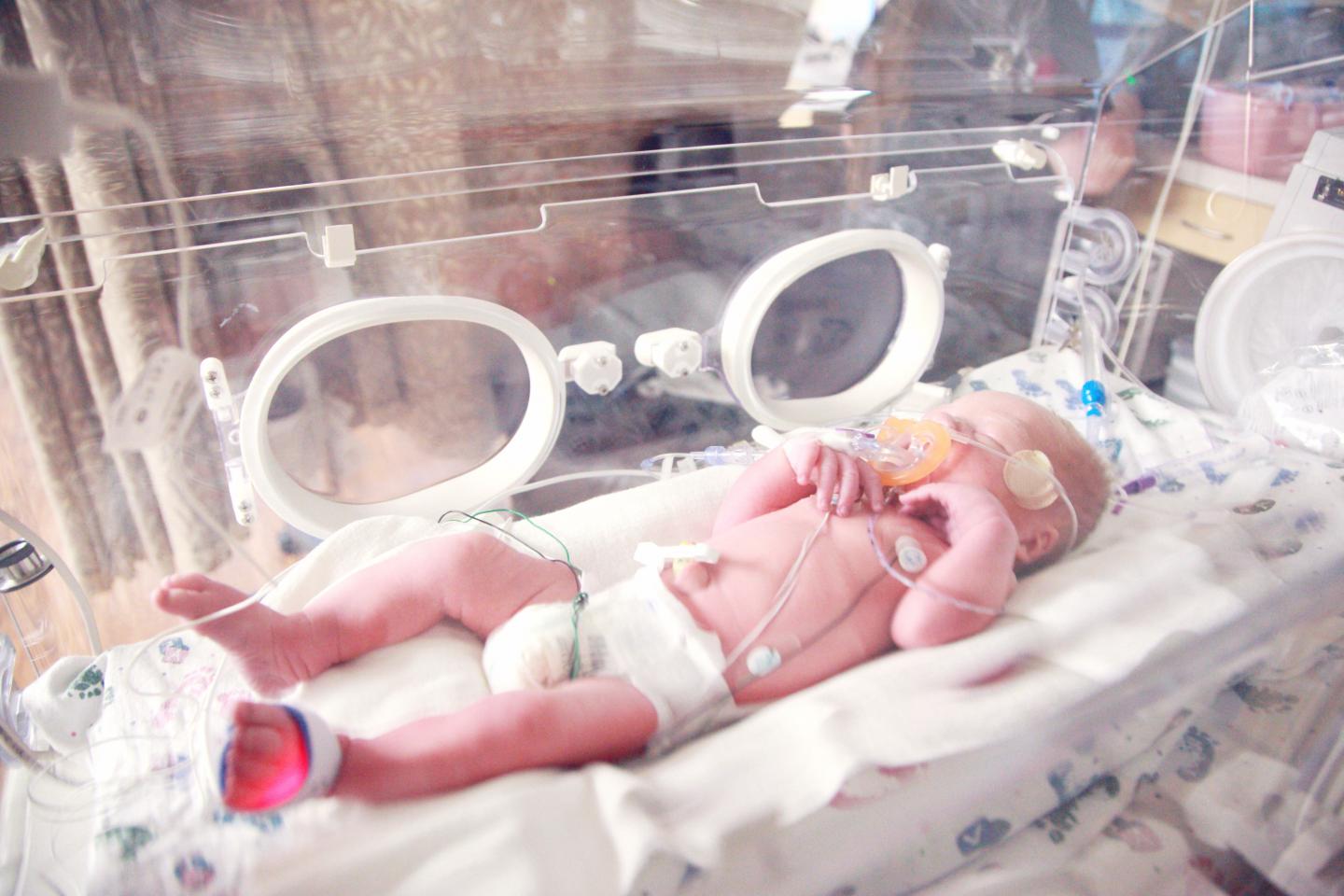
Light pollution linked to preterm births, reduced birth weights
In a first-of-its-kind study, researchers discovered that light pollution leads to more than just wasted energy and washed-out starlight–it can increase the likelihood of a preterm birth by almost 13%.
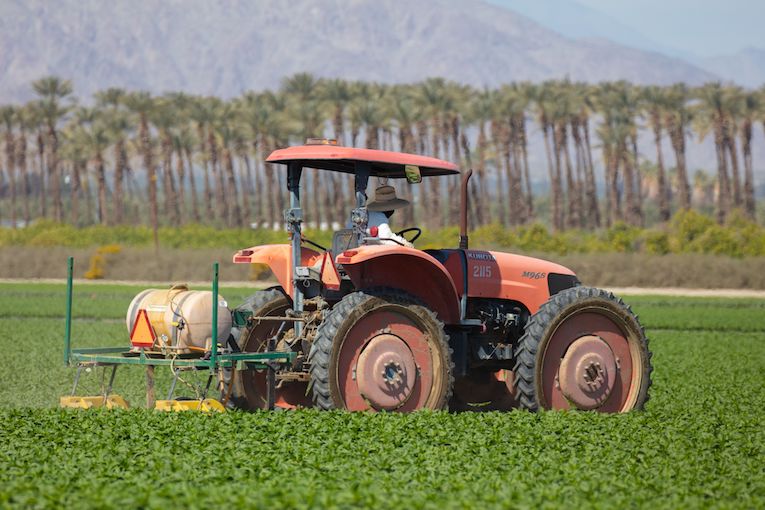
Up-trending farming and landscape disruptions threaten Paris climate agreement goals
Irvine, Calif., Jan. 27, 2021 — One of President Joe Biden’s first post-inauguration acts was to realign the United States with the Paris climate accord, but a new study led by researchers at the University of California, Irvine demonstrates that rising emissions from human land-use will jeopardize the agreement’s goals without substantial changes in agricultural practices.
Rutgers Legal Expert Available to Discuss Environmental, Climate Change Priorities
New Brunswick, N.J. (Jan. 21, 2021) – Rutgers University Professor Cymie R. Payne, an expert on United States and international environmental laws, is available for interviews on how the administration of President Biden can strengthen laws and regulations and efforts to…
Living near Trees May Prevent Vascular Damage from Pollution
Living near an abundance of green vegetation can offset the negative effects of air pollution on blood vessel health. The first-of-its-kind study is published ahead of print in the American Journal of Physiology-Heart and Circulatory Physiology.
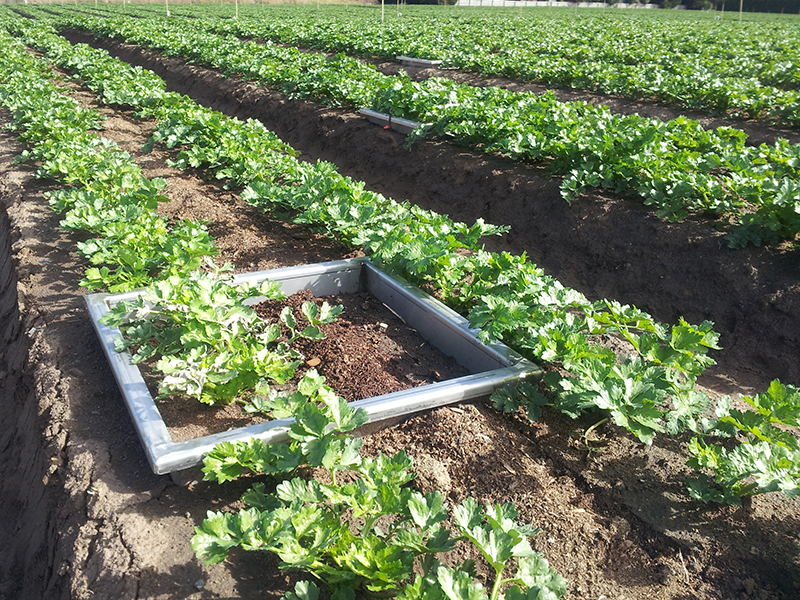
Framework sheds light on nitrogen loss of producing common food items
Differences in nitrogen loss intensity between livestock and crops confirm the need for change.
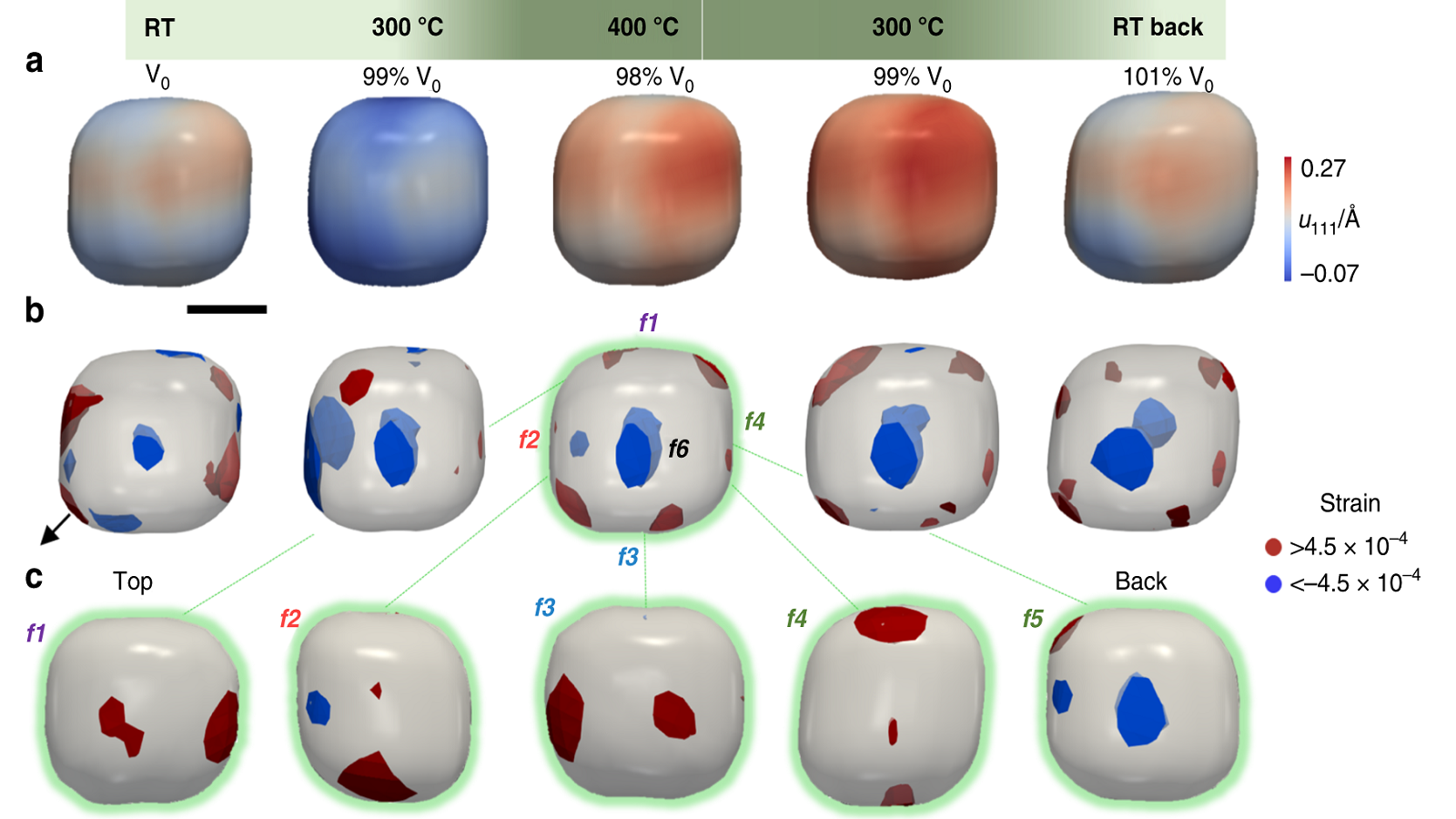
Striking gold: Advanced Photon Source enables catalysis research at small scales
By examining tiny particles of gold with powerful X-ray beams, scientists hope they can learn how to cut down on harmful carbon monoxide emissions from motor vehicles.
Plastics pose threat to human health
Plastics contain and leach hazardous chemicals, including endocrine-disrupting chemicals (EDCs) that threaten human health. An authoritative new report, Plastics, EDCs, & Health, from the Endocrine Society and the IPEN (International Pollutants Elimination Network), presents a summary of international research on the health impacts of EDCs and describes the alarming health effects of widespread contamination from EDCs in plastics.

Thermal energy storage the key to reducing agricultural food pollution
University of South Australia thermal energy researcher Professor Frank Bruno has been awarded almost $1 million by the Federal Government to find a solution to agricultural pollution in Australia and India.
Study connects diabetes, air pollution to interstitial lung disease
A new study published in the Environmental Health Perspectives connects insulin resistance and repetitive ozone exposure to the development of interstitial lung disease.
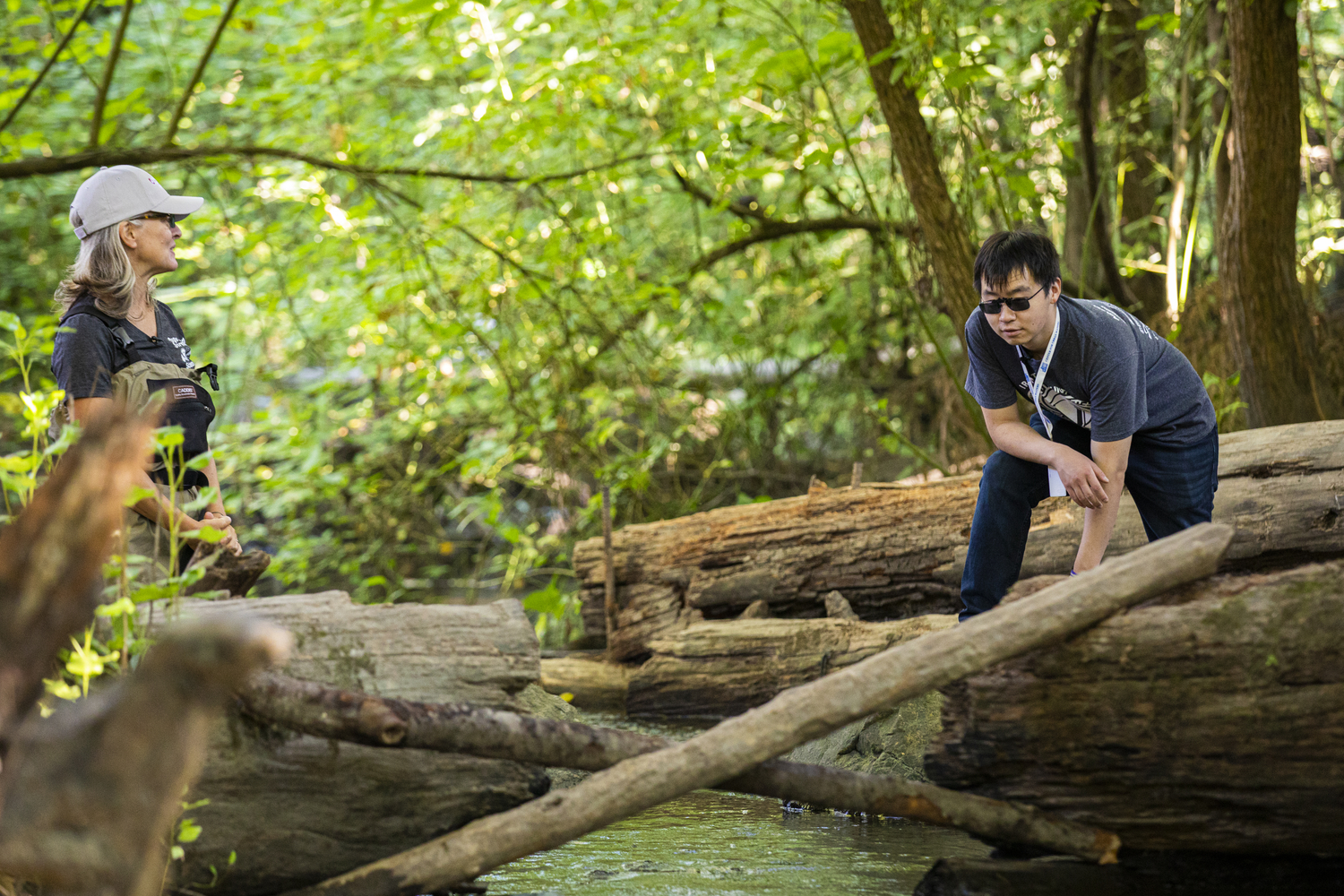
Tire-related chemical is largely responsible for adult coho salmon deaths in urban streams
A team led by researchers at the University of Washington Tacoma, UW and Washington State University Puyallup have discovered a chemical that kills coho salmon in urban streams before the fish can spawn.
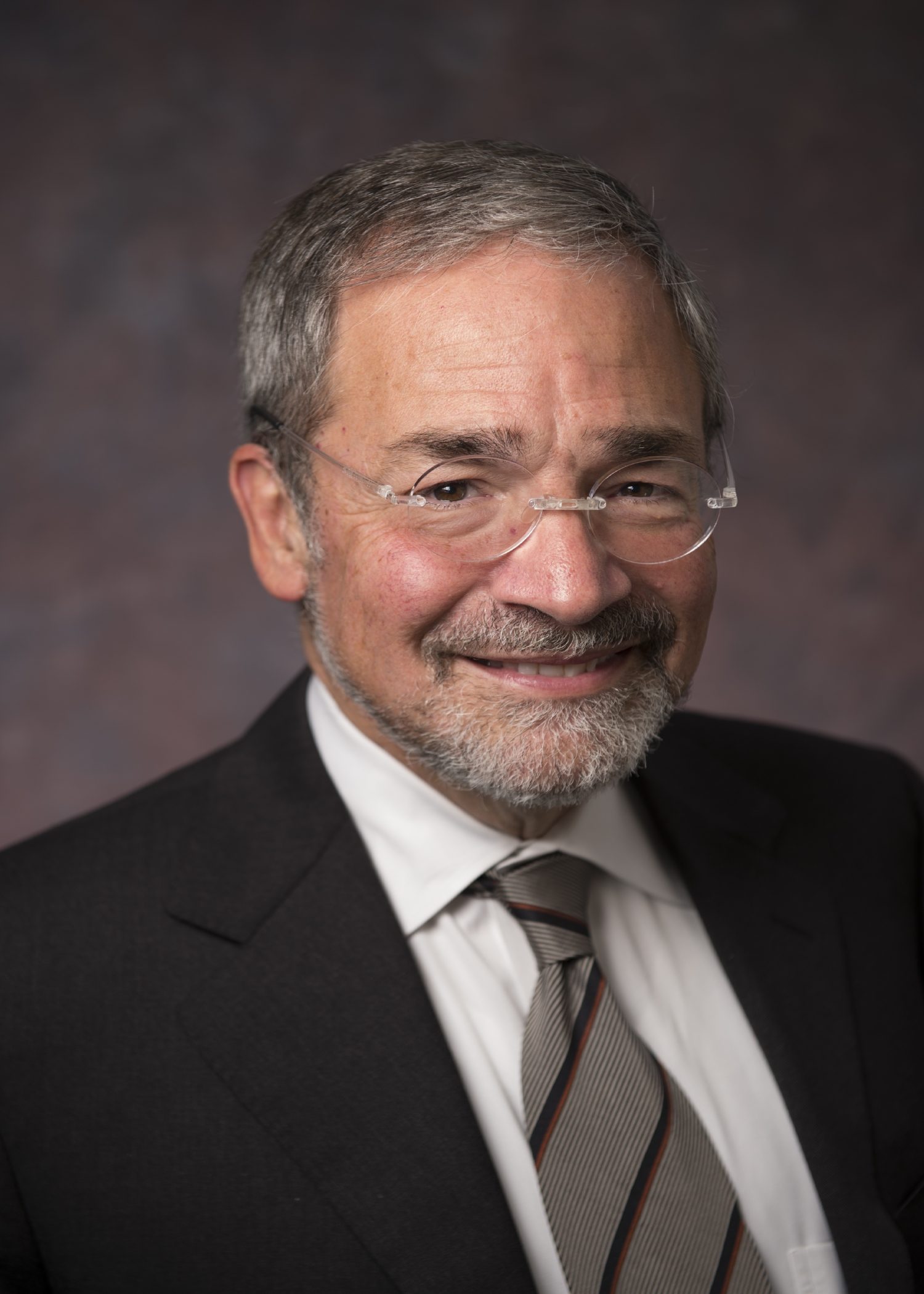
Four Rutgers Professors Named AAAS Fellows
Four Rutgers professors have been named fellows of the American Association for the Advancement of Science (AAAS), an honor given to AAAS members by their peers. They join 485 other new AAAS fellows as a result of their scientifically or socially distinguished efforts to advance science or its applications. A virtual induction ceremony is scheduled for Feb. 13, 2021.
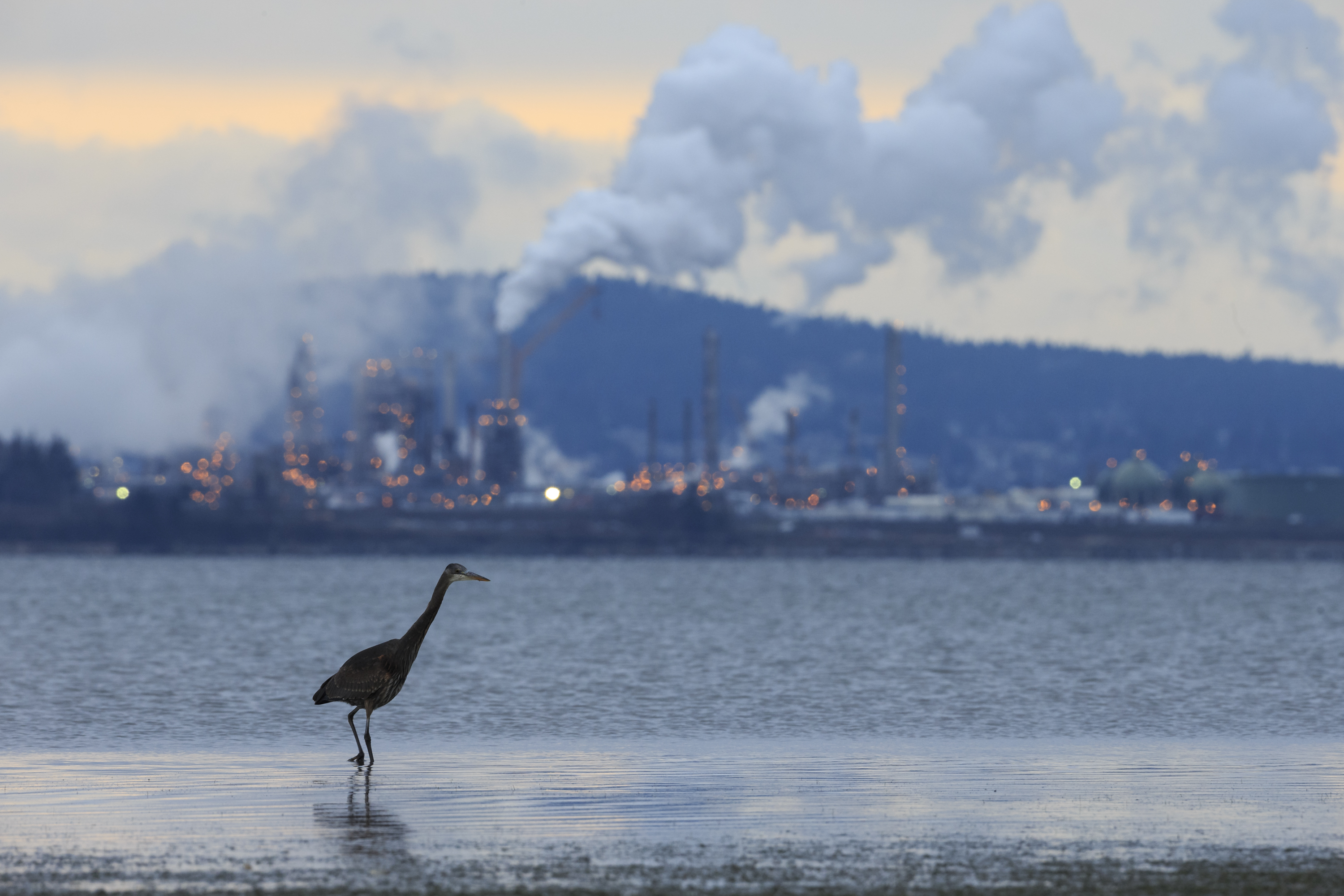
Study: Clean Air Act Saved 1.5 Billion Birds
U.S. pollution regulations meant to protect humans from dirty air are also saving birds. So concludes a new continentwide study published today in The Proceedings of the National Academy of Sciences. Study authors found that improved air quality under a federal program to reduce ozone pollution may have averted the loss of 1.5 billion birds during the past 40 years.
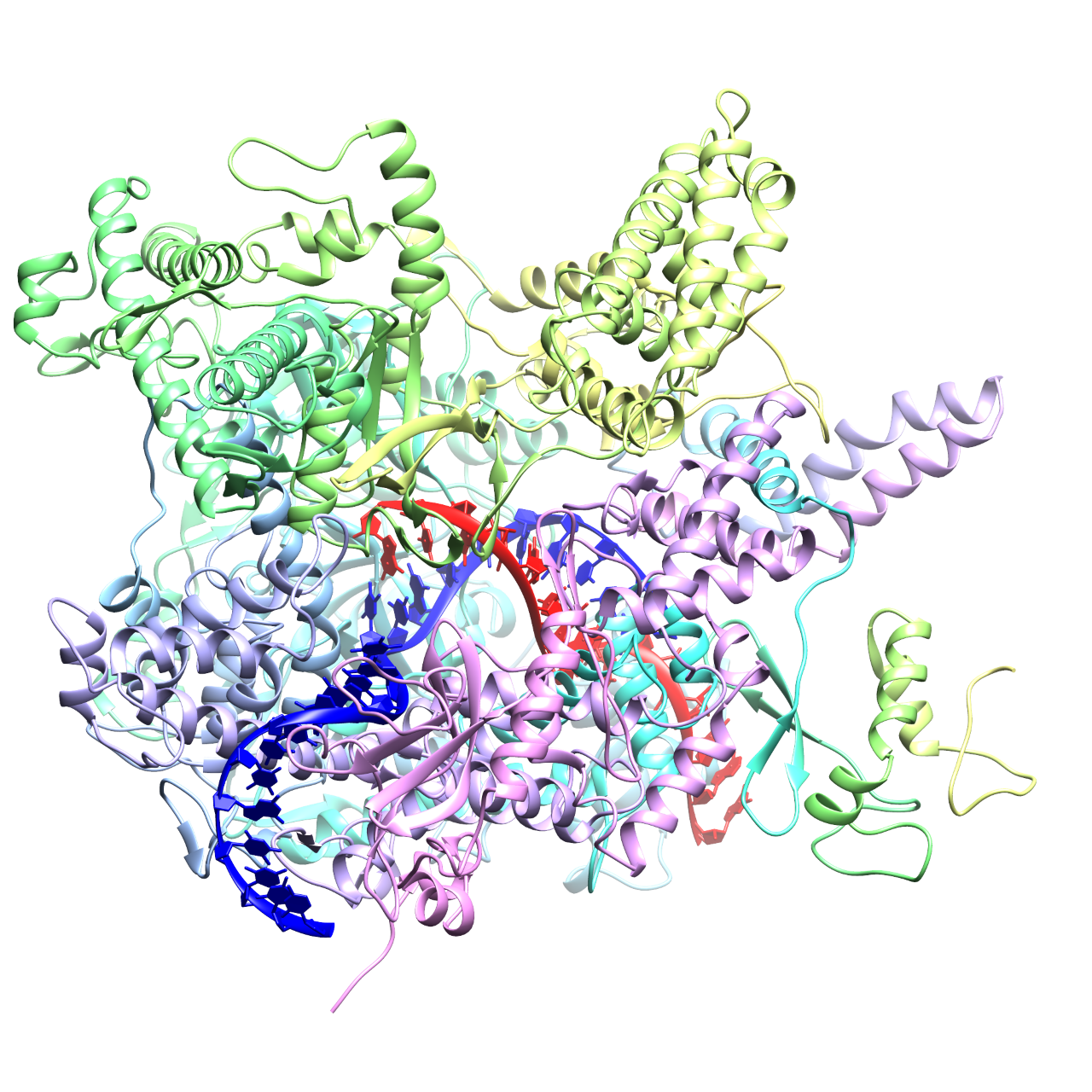
Gut Microbiome Manipulation Could Result from Virus Discovery
Scientists have discovered how a common virus in the human gut infects and takes over bacterial cells – a finding that could be used to control the composition of the gut microbiome, which is important for human health. The Rutgers co-authored research, which could aid efforts to engineer beneficial bacteria that produce medicines and fuels and clean up pollutants, is published in the journal Nature.
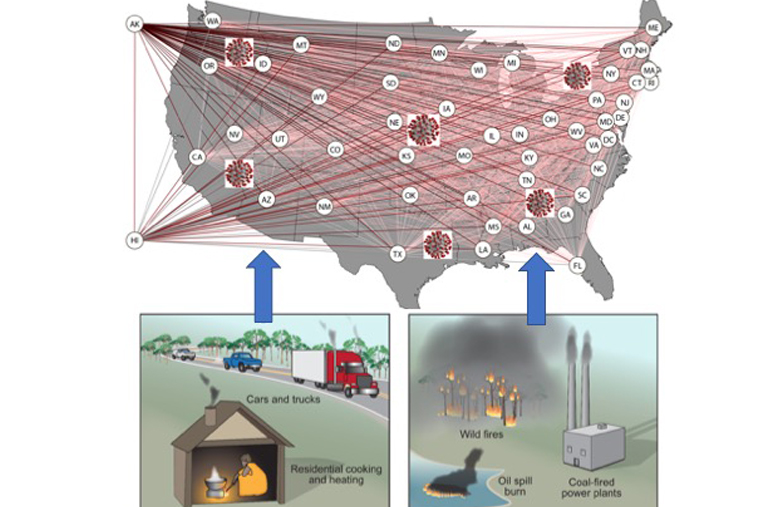
Pollution and pandemics: A dangerous mix
The United States may have set itself up for the spread of a pandemic without even knowing it.According to new research from the McKelvey School of Engineering at Washington University in St. Louis, pollution may bear part of the blame for the rapid proliferation in the United States of SARS-CoV-2, the virus responsible for the spread of COVID-19.
Brown carbon ‘tarballs’ detected in Himalayan atmosphere
Researchers reporting in ACS’ Environmental Science & Technology Letters have detected light-absorbing “tarballs” in the Himalayan atmosphere, which could contribute to glacial melt.

First Detailed Oil Sample Analysis Completed from Mauritius Oil Spill
The first ultra-high-resolution analysis of an oil sample from Mauritius shows that the material is a complex and unusual mix of hydrocarbons—and even though some of the components in it may have already degraded or evaporated, what remains still gives it the ability to persist in the environment.
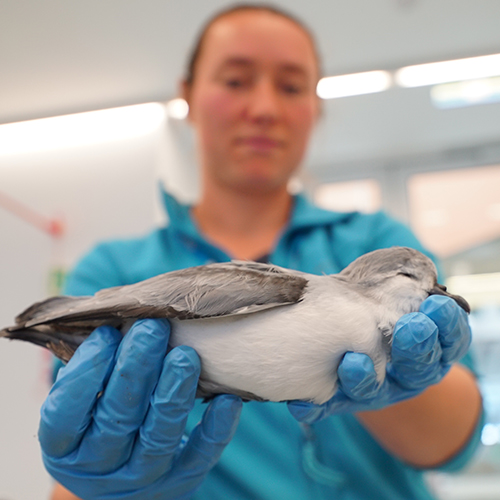
New study the first to link plastic ingestion and dietary metals in seabirds
A new study by Australian scientists is the first to find a relationship between plastic debris ingested by seabirds and liver concentrations of mineral metals, with potential links to pollution and nutrition.
NYC outdoor dining heaters ‘vivid reflection’ of renewable energy challenge
New York City Mayor Bill de Blasio recently announced guidance for restaurants planning to provide comfort heating for customers dining outdoors during the fall and winter months. Heating options include electric radiant heaters, natural gas radiant heaters and portable heaters…
Deal to curb shipping emissions may boost regional manufacturing
In a series of virtual meetings hosted by the United Nations this week, nearly 200 countries are coming together in an effort to reach a legally binding agreement to cut emissions from the shipping industry. Lara Skinner is the executive…
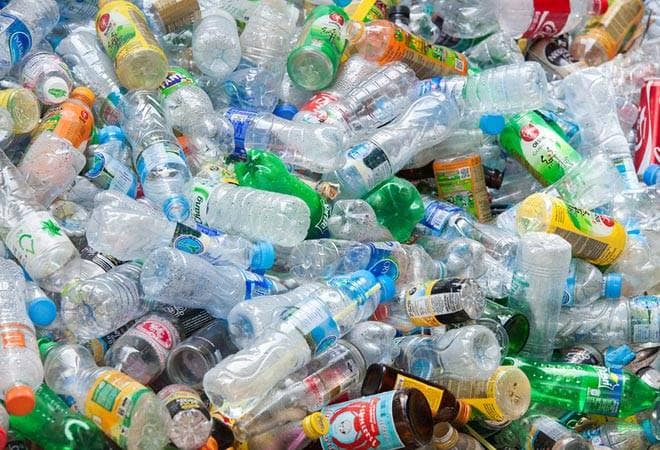
A first-of-its-kind catalyst mimics natural processes to break down plastic and produce valuable new products
A team of scientists led by the U.S. Department of Energy’s Ames Laboratory has developed a first-of-its-kind catalyst that is able to process polyolefin plastics, types of polymers widely used in things like plastic grocery bags, milk jugs, shampoo bottles, toys, and food containers.

COVID-19 lockdowns in China, Europe averted tens of thousands of premature deaths related to air pollution, study finds
Scientists at Notre Dame found that particulate matter concentrations in China dropped by an unprecedented 29.7 percent, and by 17.1 percent in parts of Europe, during lockdowns that took place between Feb. 1 and March 31 in China and Feb. 21 to May 17 in Europe.
EU building renovations plan ‘bold’ example of green recovery
The European Union is set to announce a large-scale building renovation project on Wednesday — an effort to cut carbon emissions and energy costs across the 27-nation bloc, while stimulating an economy struggling with the effects of COVID-19. The plan…
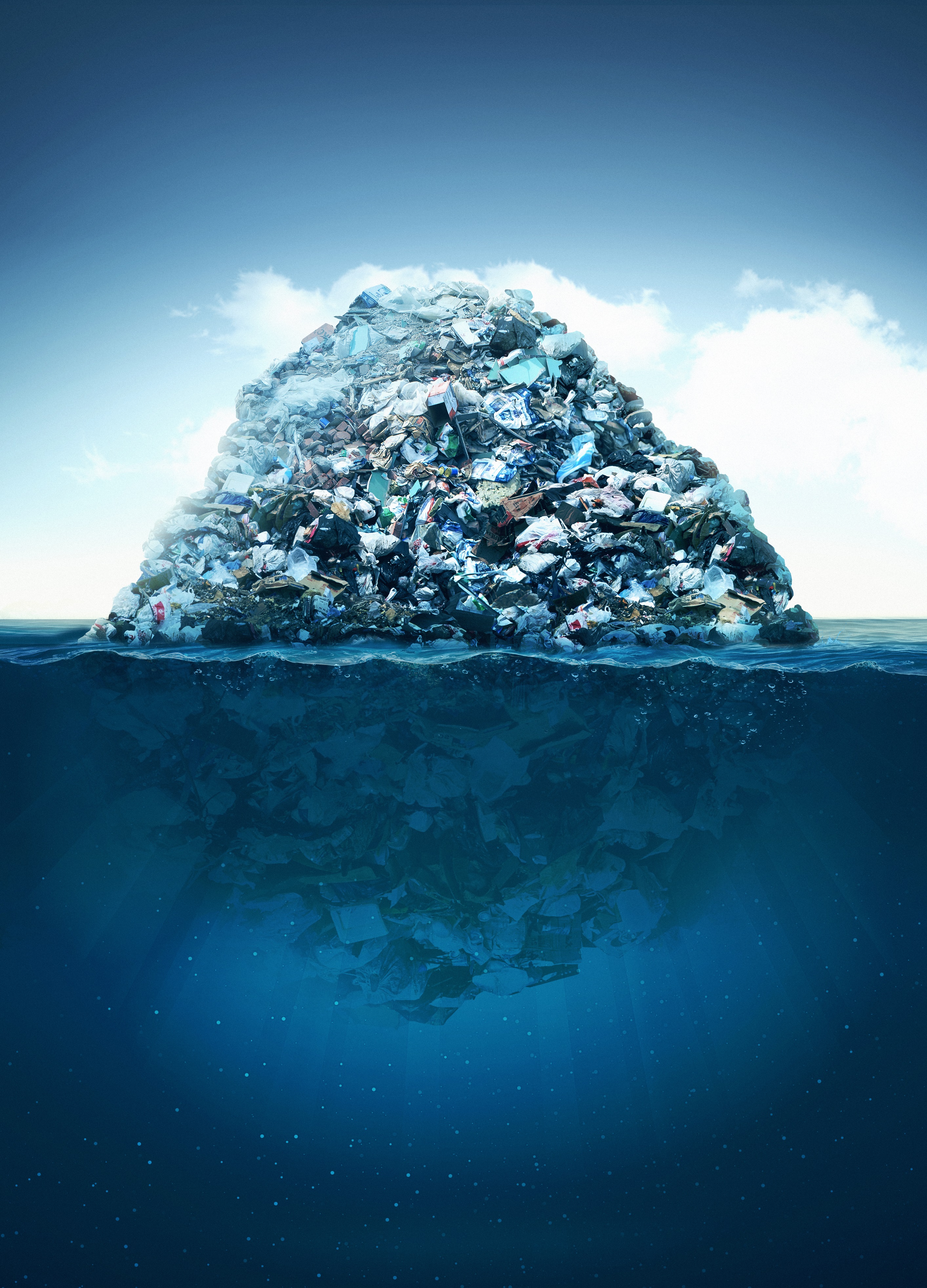
Study First to Tally Biomass from Oceanic Plastic Debris Using Visualization Method
Scientists examined cell abundances, size, cellular carbon mass, and how photosynthetic cells differ on polymeric and glass substrates over time, exploring nanoparticle generation from plastic like polystyrene and how this might disrupt microalgae. Conservative estimates suggest that about 1 percent of microbial cells in the ocean surface microlayer inhabit plastic debris globally. This mass of cells would not exist without plastic debris in the ocean, and thus, represents a disruption of the proportions of native flora in that habitat.
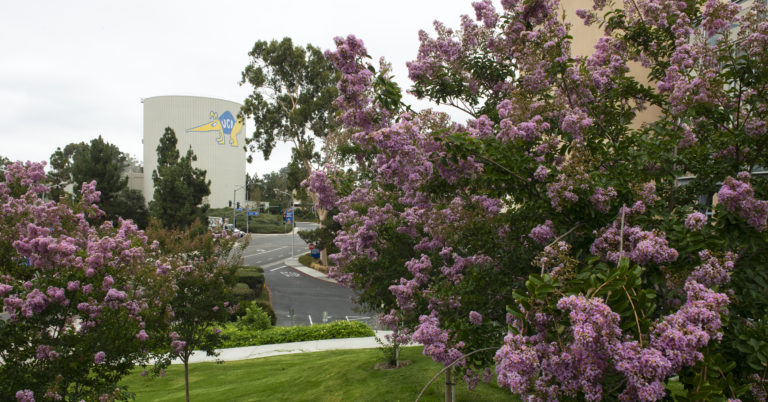
UCI is No. 1 in Sierra magazine’s 2020 ‘Cool Schools’ ranking of sustainability leaders
Irvine, Calif., Sept. 28, 2020 — The green streak continues! Sierra magazine has named the University of California, Irvine No. 1 overall in its annual “Cool Schools” ranking of sustainability leaders among U.S. and Canadian universities and colleges, marking the fourth time in the last seven years that UCI has topped the widely acclaimed list.

Pollution Exposure Linked to Stroke Risk in People with Common Heart Rhythm Disorder
People with atrial fibrillation who are exposed to greater levels of pollution have a higher risk of stroke than their peers who live with less pollution.
Hazardous Air Pollutant Exposure Linked as Contributing Factor to COVID-19 Mortality in the United States
A study by researchers at the SUNY College of Environmental Science and Forestry (ESF) researchers and ProPublica, and published in Environmental Research Letters has found a link between chronic exposure to hazardous air pollutants (HAPS) and COVID-19 mortality rates.
The widespread footprint of blue jean microfibers
Researchers reporting in ACS’ Environmental Science & Technology Letters have detected indigo denim microfibers not only in wastewater effluent, but also in lakes and remote Arctic marine sediments.